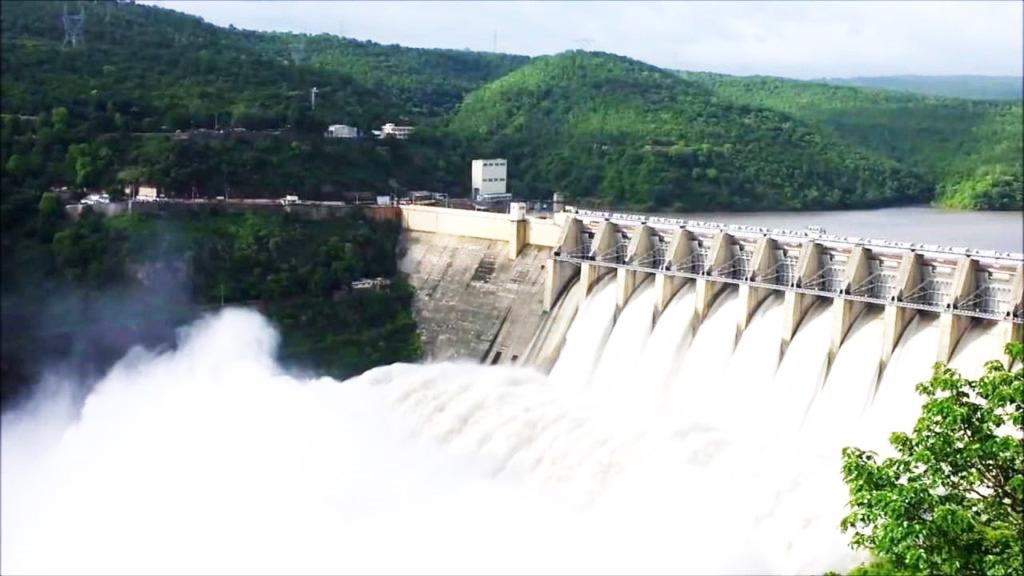Pakistan lies in the temperate zone. The climate is generally arid, there is little rainfall, except the monsoon season. But that is one side of the picture as the country has abundant surface water of 140 million acre feet (maf) and on the average wastes 35 maf floodwater to the sea.
As is obvious from the statistics, an arid country like Pakistan requires huge reservoirs to meet the burgeoning requirements of its 220 million plus population. But it had managed to build only two reservoirs, Tarbela and Mangla during the last 77 years. The completion of these two dams brought not only food security in the country but also prosperity in the shape of electricity.
As part of the Indus Basin Replacement Works under the 1960 Treaty with India, Pakistan was required to build at least one major reservoir every decade after the completion of Mangla and Tarbela. None could be built for more than five decades mainly because of political disagreement over Kalabagh Dam. By failing to build more reservoirs, Pakistan has imposed poverty on itself.
Pakistan has built dams on the Indus River, under the Indus Waters Treaty at Tarbela, Mangla and Chashma. The World Bank failed to honour the Indus Waters Treaty by declining financing for a multipurpose dam on the Indus as Replacement to Tarbela. Pakistan lacks mega dam sites on the Indus except Diamer Basha Dam and Katzarah Dam.
The World Bank refused financing for the Diamer Bhasha dam and instead financed the run of the river project 432 mw Dasu Hydropower Project. The Asian Development Bank also refused financing for Diamer Bhasha Dam claiming it alone could not provide a financing of USD 12 to 14 billion for the mega project.
Their refusal was termed a political ploy in government circles. Official sources say big reservoirs have brought more prosperity to the developing countries leading to improvement in the agriculture productivity. It’s a fact that building only two reservoirs in Pakistan has granted food security, enabling domestic production to replace wheat, pulses, sugar, and cotton imports.
However, criminal dereliction of duty on the part of the Water and Power Development Authority (WAPDA) also played a vital role in the delay in building new reservoirs, causing billions of dollars of loss in floods, power shortage, and food insecurity. The Planning Commission and the former Ministry of Water and Power are equally responsible as they never undertook any serious effort to force WAPDA to come up with major water reservoir projects.
Both WAPDA and Planning Commission have promoted construction of run of the river projects and irrigation projects, without considering that the expansion in canal infrastructure will further increase the political discord among the provinces over water distribution. No new reservoirs means no water for the proposed flood canals.
After the construction of Tarbela and Mangla dams, WAPDA has maintained a focus on building Kalabagh Dam, without ever thinking about building any other dam. The only major projects completed during this time were the run-of-the river hydelprojects, Ghazi Barotha, Neelam-Jhelum, and Tarbela third and fourth. After the advent of Imran Khan, government work started on the Diamer Bhasha dam and Mohmand Dam. Even after the refusal of international financial institutions the government made allocations for the two reservoirs.
It is unfortunate that there are no major dam sites on Kabul River, Jhelum River, and Chenab River in Pakistan. Therefore no flood control is possible on these rivers and Pakistan can only harness the Indus River. But sadly there is no integrated plan to harness the water and hydropower resources. Building Diamer Bhasha and Mohmand Dams is a great leap forward but they have low storage capacity.
Pakistan requires big reservoirs to cater to its emerging needs. Bunji, Dasu, and Mohmand projects will mostly cater to the power requirements. According to eminent water expert Engineer Fateh Ullah Khan Gandapur, the most promising dam sites in Pakistan are Katzarah Dam, Guroh Dop Dam, Mirkhani Dam, and the raised barrage-cum-dam at the end of the Indus River valley are their supporting dams. The raised barrage-cum-dam is a substitute to Kalabagh Dam. The unique aspect of this project is that it requires no land acquisition, no land compensation and no displacement of population.
The other major water management issue is the mismanagement of the canal irrigation system that is 150 years old and in urgent need of modernization. Systemic inefficiencies lead to wasting about 50 percent of the water out of about 100 maf that enters the network of canals. This requires a major plan, an integrated water management plan, to modernize the Indus Basin.
The problem, however, is that the WAPDA and Planning Commission seriously lack expertise to come up with a master plan to build mega reservoirs, modernize canals, and effective drainage of the Indus Basin. The authorities will do well to pay attention to these systemic deficiencies and take corrective action to help optimize the nation’s resources.










